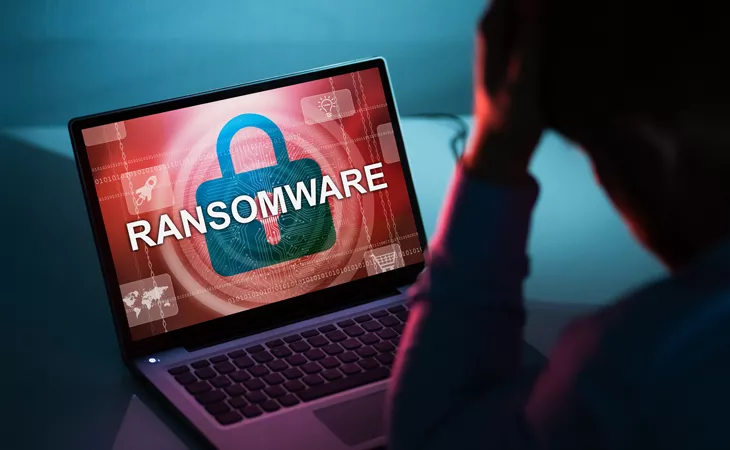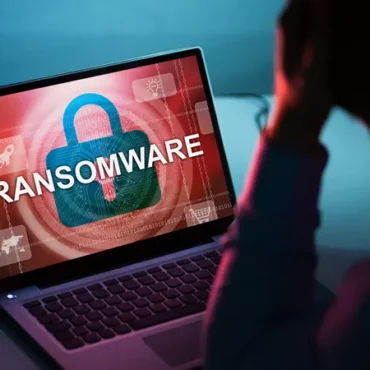Ransomware Investigations: How Forensics Uncovers the Attack Trail
Ransomware attacks have become one of the most formidable cyber threats in recent years. Organizations across the globe, from small businesses to large corporations, are increasingly falling victim to malicious actors who encrypt critical data and demand hefty ransoms. While preventive measures like cyber security tools can reduce risk, forensic investigation is crucial after an attack to understand the breach, trace the attackers, and strengthen defenses for the future.
In this blog, we explore how digital forensic experts uncover the trail of ransomware attacks and the key steps involved in a ransomware investigation.
Understanding Ransomware Attacks
Ransomware is a type of malware designed to encrypt the victim’s files or systems, rendering them inaccessible until a ransom is paid — usually in cryptocurrency. Modern ransomware often comes with:
-
Sophisticated evasion techniques to bypass antivirus and intrusion detection systems
-
Multiple infection vectors, such as phishing emails, malicious downloads, or remote desktop exploits
-
Data exfiltration capabilities, making attacks not only about encryption but also data theft
The complexity of these attacks makes forensic analysis essential for a thorough investigation.
Step 1: Securing the Incident Scene
Just like a physical crime scene, a ransomware attack scene must be secured immediately to prevent further damage. Key steps include:
-
Isolating affected systems from the network to prevent ransomware from spreading
-
Preserving volatile data (RAM, running processes) for forensic analysis
-
Documenting system state and timestamps for evidence integrity
This ensures that forensic investigators have a reliable baseline for analysis without altering critical digital evidence.
Step 2: Creating Forensic Images
Before any analysis, experts create forensic images (bit-by-bit copies) of affected drives, servers, and endpoints.
Why is this important?
-
It ensures original evidence is untouched, preserving integrity for legal proceedings
-
Enables analysts to recreate attack timelines without risking further system compromise
Advanced tools such as FTK Imager, EnCase, and X-Ways are commonly used for this process.
Step 3: Identifying the Ransomware Variant
A critical part of the investigation is identifying the type of ransomware. Forensic analysts examine:
-
Encrypted file patterns and extensions
-
Ransom notes left by attackers
-
Malware signatures in logs and memory dumps
Identifying the variant helps in determining encryption methods, attack vectors, and potential decryption solutions.
Step 4: Tracing the Attack Trail
Forensics is not just about recovery; it’s about following the digital breadcrumbs left by the attacker. Investigators use techniques such as:
-
Log Analysis: Reviewing system, firewall, and network logs to identify entry points and lateral movement
-
Memory Forensics: Extracting evidence from RAM to detect malware behavior and decryption keys
-
Timeline Reconstruction: Correlating timestamps across systems to trace the attack sequence
-
Network Traffic Analysis: Investigating outbound connections to locate data exfiltration and command-and-control servers
By combining these methods, investigators can map the entire attack lifecycle — from initial intrusion to encryption.
Step 5: Data Recovery and Decryption
While not all ransomware can be decrypted, forensic specialists often attempt:
-
File recovery from backups and shadow copies
-
Decryption using known ransomware keys, if available
-
Partial reconstruction of critical data from remnants
Even if full recovery is not possible, forensic insights help mitigate damage and prevent future attacks.
Step 6: Reporting and Legal Compliance
Finally, forensic investigators compile comprehensive reports detailing:
-
Attack vectors and methods
-
Systems affected and data compromised
-
Recommendations for remediation and improved cyber hygiene
These reports are crucial for legal proceedings, insurance claims, and regulatory compliance.
Conclusion
Ransomware attacks are evolving, becoming more sophisticated and destructive. While cybersecurity measures focus on prevention, digital forensics plays a critical role post-incident. By preserving evidence, analyzing malware behavior, tracing attack vectors, and reconstructing the attack timeline, forensic experts not only uncover the attacker’s trail but also provide insights to strengthen defenses for the future.
The takeaway is clear: in the world of ransomware, forensics is the key to turning a cyber incident into actionable intelligence.





Post comments (0)